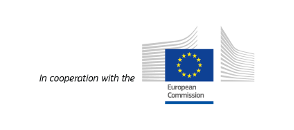Gender equality in academia and research (GEAR) action toolbox
When working towards institutional change in research organisations and higher education organisations, different areas and themes can be addressed in the gender equality plan (GEP) through specific initiatives. Depending on the needs of the organisation, it makes sense to focus on a combination of areas. The structure and content of the gender equality in academia and research (GEAR) action toolbox are strongly oriented towards the areas recommended by Horizon Europe, and descriptions strongly build on the Horizon Europe Guidance on Gender Equality Plans.
If you want to look for specific examples, you may use the search engine below and filter your search by type of organisation, country and action field:
Filters
179 items / 15 pages
